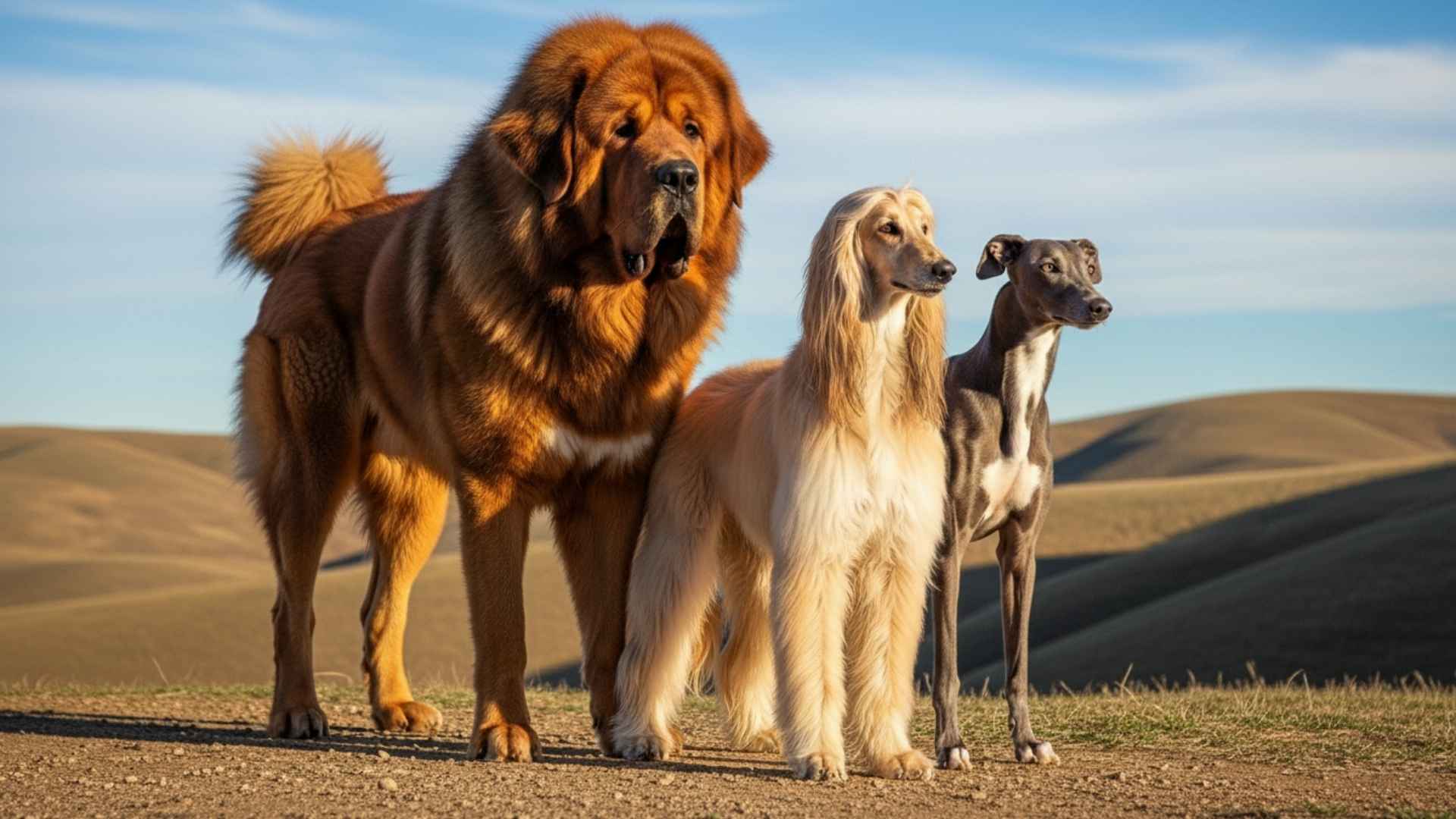At first, bringing a dog into your life feels like pure happiness — that wagging tail, those eager eyes, and the promise of a loyal friend waiting at the door.
But being a dog owner isn’t just about cuddles and cute moments; it’s also about understanding what kind of pup truly fits your lifestyle.
However, many first-time dog owners make the mistake of choosing pets based on looks or popularity. What they don’t realize is that some dogs have endless energy, need constant mental stimulation, or demand hours of training and exercise every single day.
Without the right match, both the pet and the owner can quickly feel overwhelmed.
That’s why it’s so important to think beyond “adorable” and focus on “suitable.” Knowing which dog breeds to avoid when considering your lifestyle helps new owners build a bond filled with patience, balance, and lifelong joy.
Dog Breeds to Avoid When Considering Your Lifestyle
1. Ibizan Hound
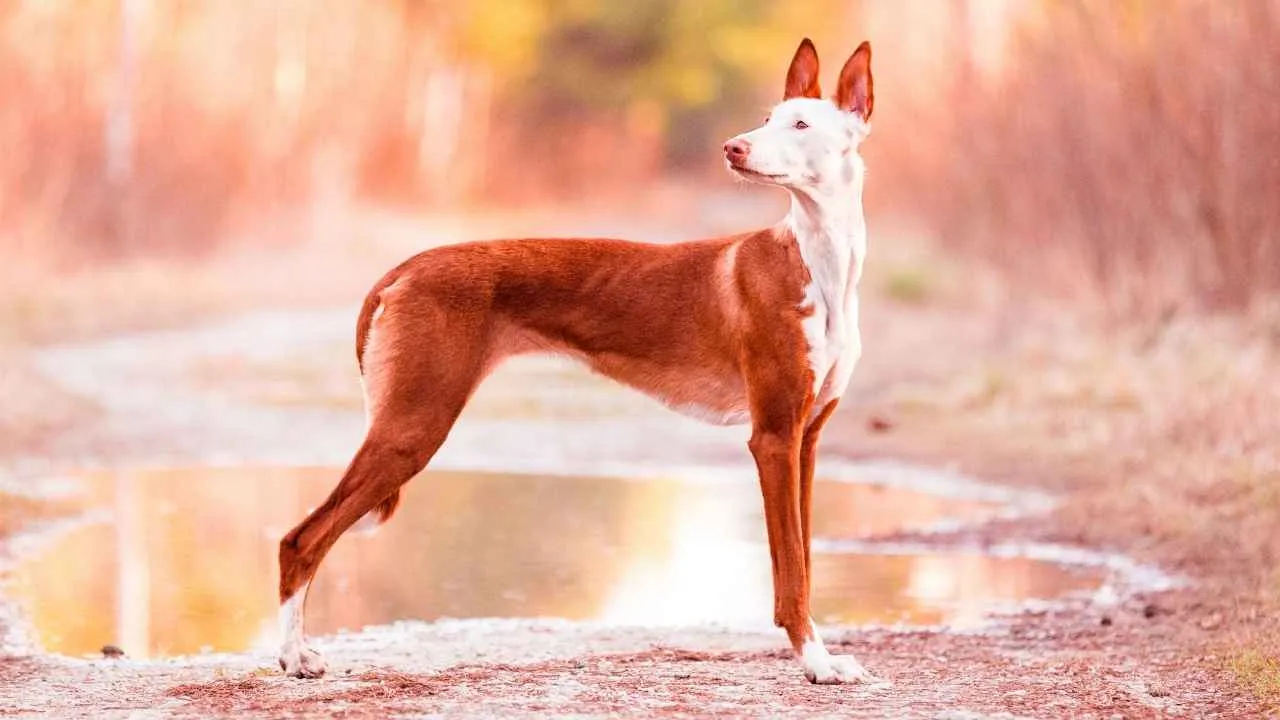
Too Active for Calm Homes
Graceful and athletic, the Ibizan Hound was bred for speed and hunting on the Balearic Islands. Its long legs and agile body make it a natural runner that needs open space and constant activity.
For new or first-time pet parents, this high-energy breed can be overwhelming in smaller homes or tight schedules.
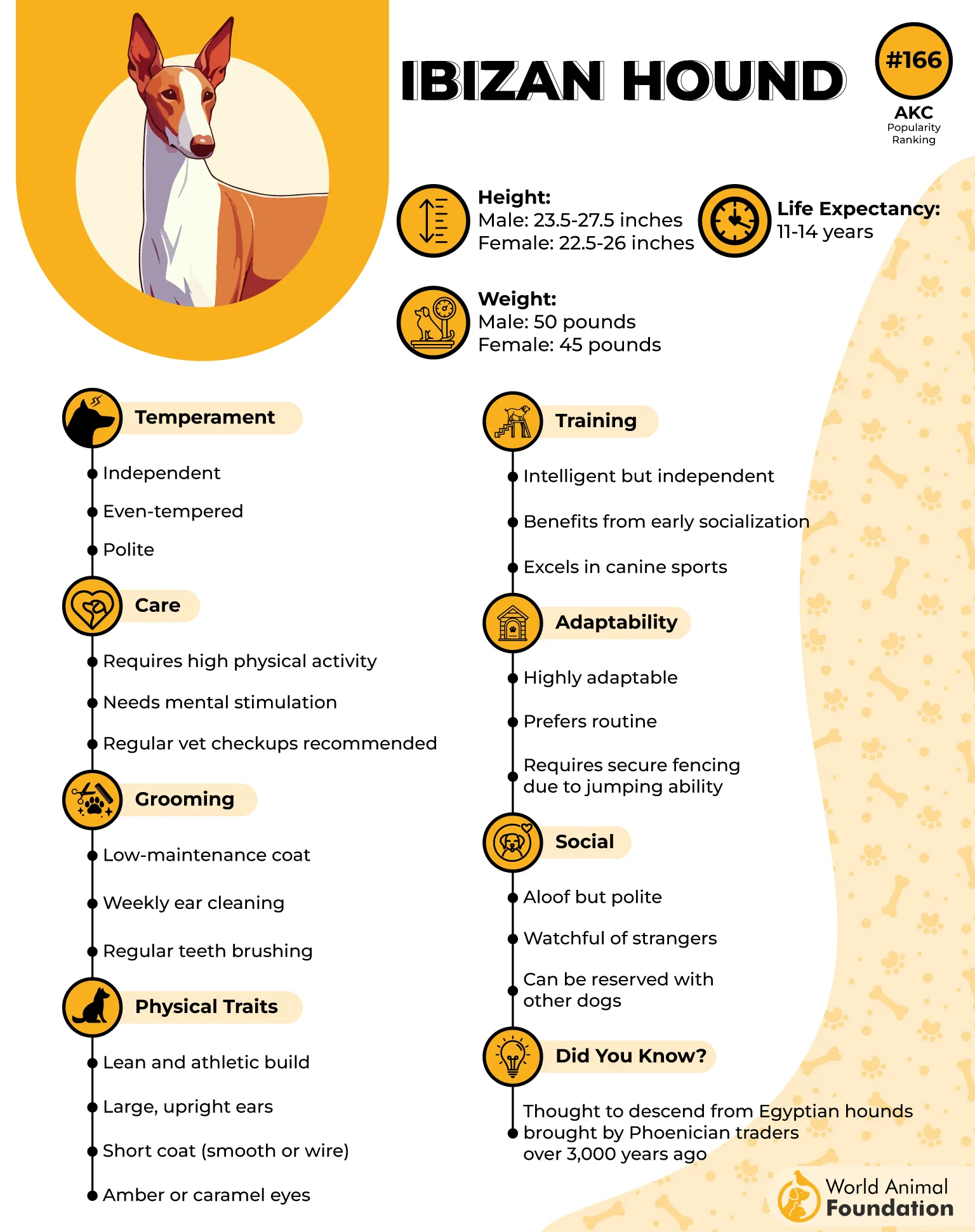
Needs Space and Supervision
According to the AKC, these dogs have incredible jumping ability and can easily clear fences, so secure boundaries are a must. Without enough daily exercise or mental stimulation, they may become bored and destructive.
Their strong prey drive also makes them chase smaller animals, which can be difficult for new dog owners to manage.
Best for Experienced, Active Owners
The Ibizan Hound thrives with owners who enjoy outdoor adventures and have time to train and engage them. For busy families or apartment dwellers, this beautiful yet demanding breed may not be the best lifestyle match.
2. Tibetan Mastiff
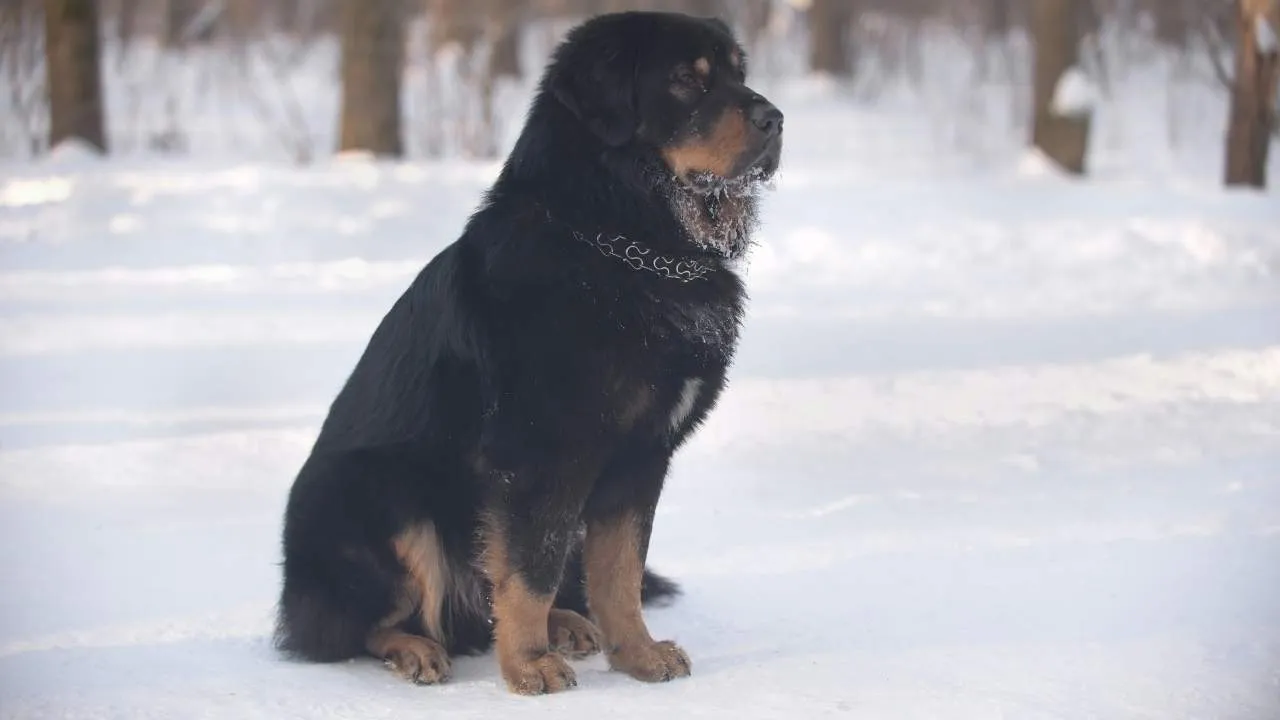
Too Independent for New Owners
Majestic yet super stubborn, this ancient guardian breed is known for its loyalty and territorial instincts. While calm and affectionate with family, it tends to be aloof and suspicious of strangers.
Such independence can be challenging for new dog owners who may struggle with training or socialization.
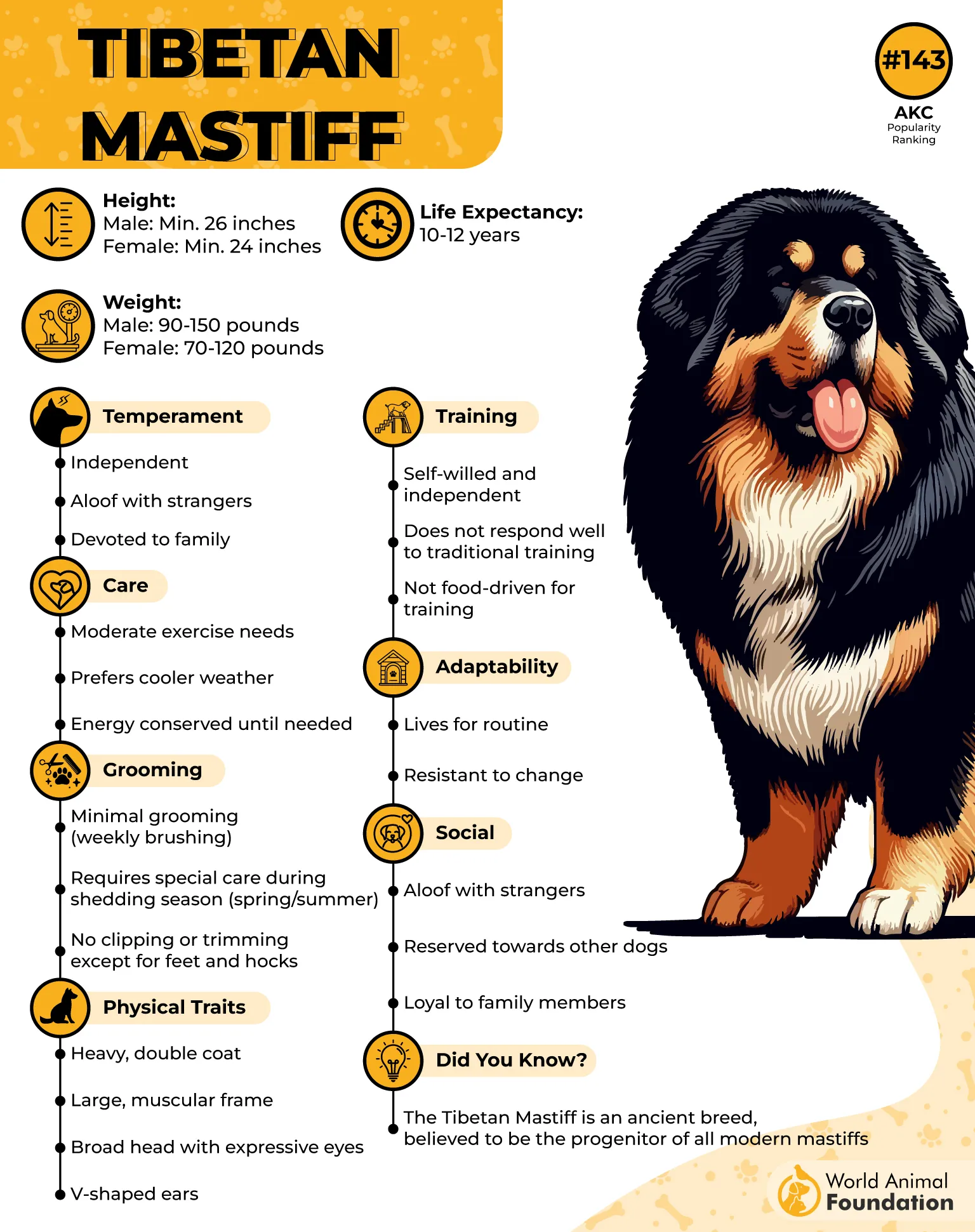
Powerful but Hard to Manage
These large dogs were bred to protect livestock in harsh mountain climates, so they naturally prefer space and solitude.
Without firm guidance and early obedience training, their protective nature can turn into dominance or defiance. They aren’t ideal for homes with frequent visitors or other animals.
Requires Space and Strong Leadership
Despite their majestic looks, these dogs don’t adapt well to apartment life or busy households. They thrive with experienced handlers who can provide structure, confidence, and respect. For most new dog owners, this imposing guardian may be more than they’re ready to handle.
3. Greyhound
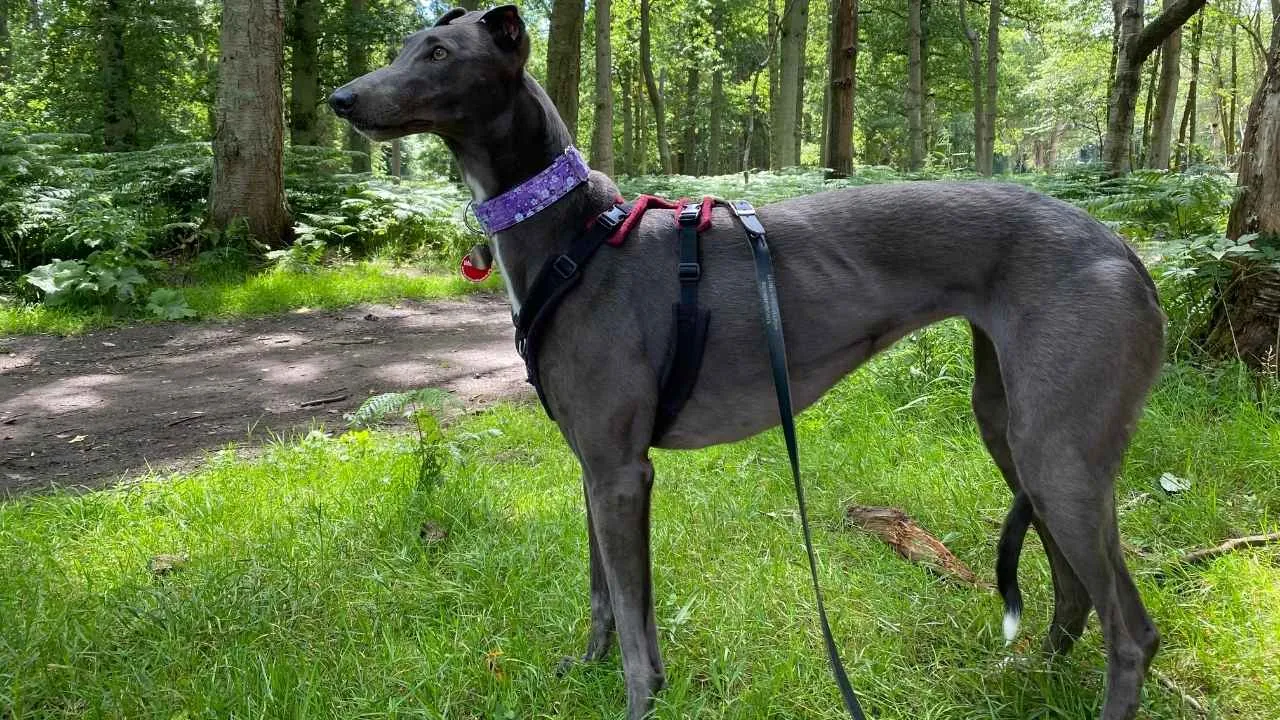
Not Ideal for Small Spaces or Busy Homes
Elegant and athletic, the Greyhound is known for its speed, grace, and calm nature. Despite being gentle and loving, this breed isn’t a good fit for owners who live in apartments or have limited outdoor space. They need secure areas where they can sprint freely and safely.
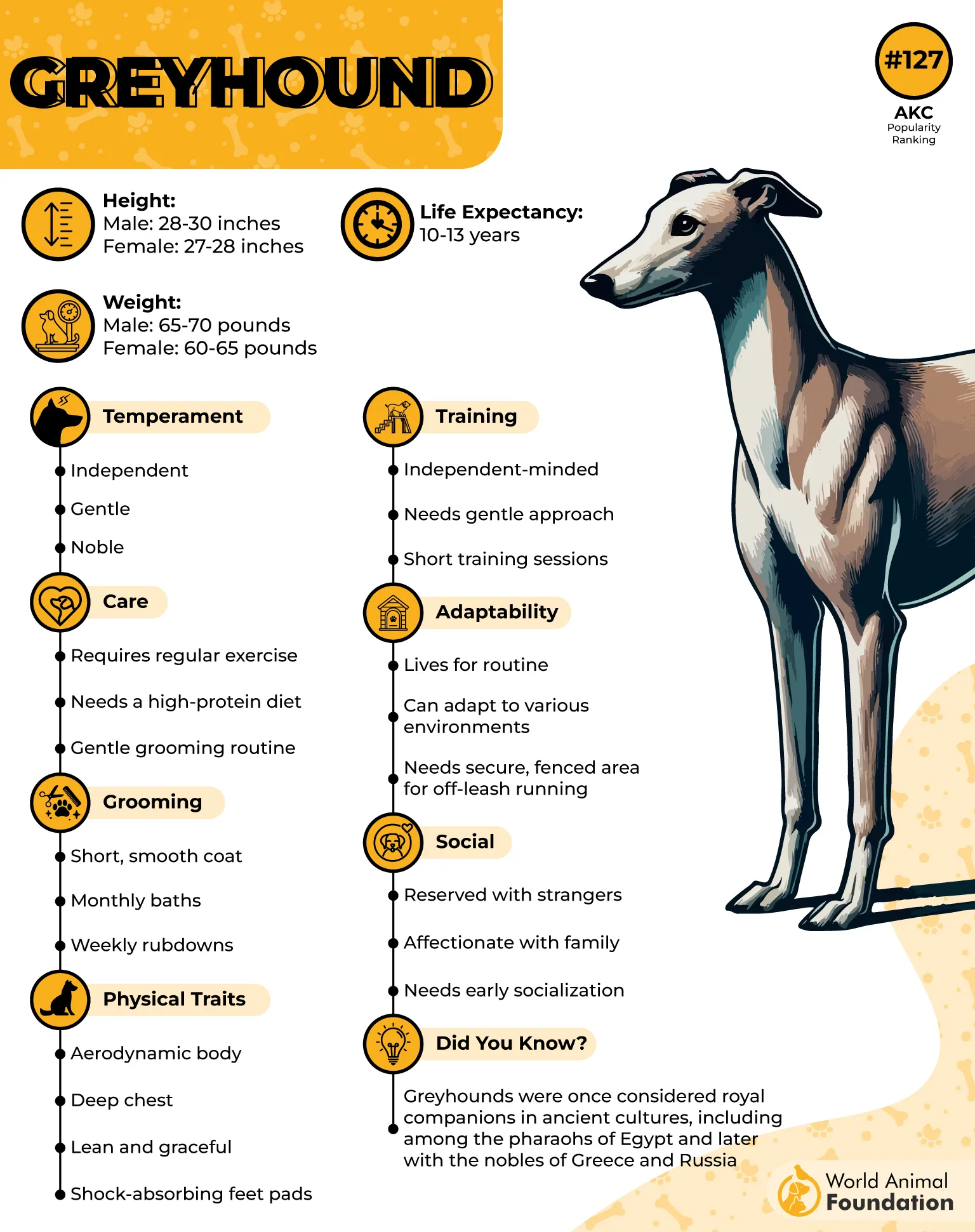
Sensitive but Hard to Train
Greyhounds are affectionate toward their families but often reserved around strangers. They can be independent and slightly stubborn, requiring patient and consistent training.
Their strong prey drive makes them unsuitable for homes with cats or other small animals, especially for first-time pet parents, as per Purina.
Active Yet Fragile Companions
Though nicknamed “40 mph couch potatoes,” they still need daily bursts of exercise to stay healthy and happy. Their thin coats make them sensitive to cold weather, and their unique temperament can challenge first-time owners who expect a more compliant or social dog.
4. Saluki

Independent and Aloof Nature
Salukis are elegant members of the hound family, bred for hunting by sight. They are gentle and trustworthy but tend to be reserved, often aloof around strangers.
This independent temperament can make them less affectionate or responsive compared to more sociable breeds.
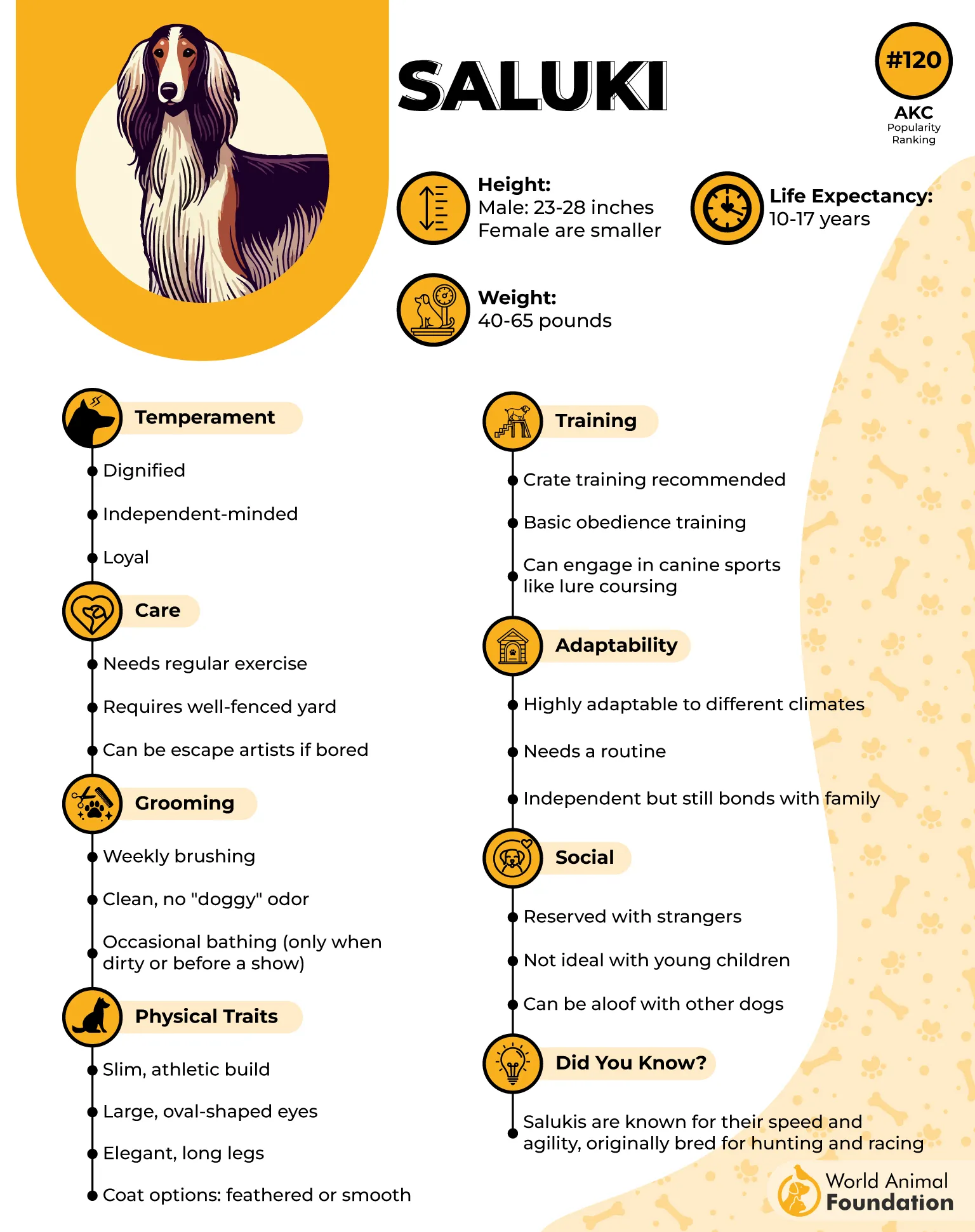
High Exercise Demands
These graceful dogs require over two hours of exercise every day to stay physically and mentally satisfied. Without enough activity, they may become restless or withdrawn.

Their strong, curious instinct means they’re best exercised in safely enclosed spaces to avoid sudden sprints after moving objects.
Difficult to Train and Maintain
Salukis respond best to reward-based training, but their sensitive nature means harsh correction can backfire. Grooming is moderate, though their feathered coat needs regular brushing to prevent tangles as per PDSA.
For first-time or busy owners, the Saluki’s exercise needs, independence, and training challenges make this breed more demanding than many other dogs.
5. Afghan Hound
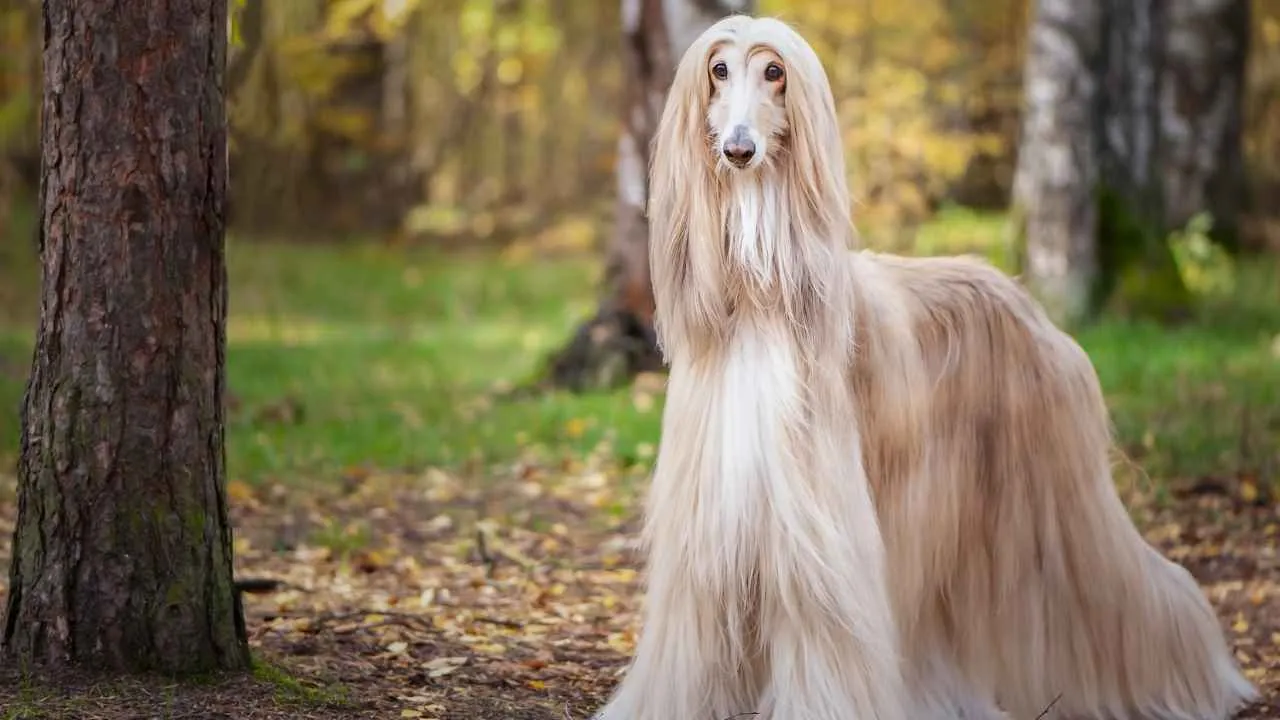
Regal but Independent
Originating in the mountains of Afghanistan, Afghan Hounds are ancient sighthounds admired for their long, silky coats and graceful stature.
Their dignified appearance reflects their proud and independent personality. While affectionate with their families, they often remain aloof with strangers.

High Maintenance Needs
These dogs are far from low-maintenance. Their flowing coat demands frequent grooming to prevent tangles and mats.
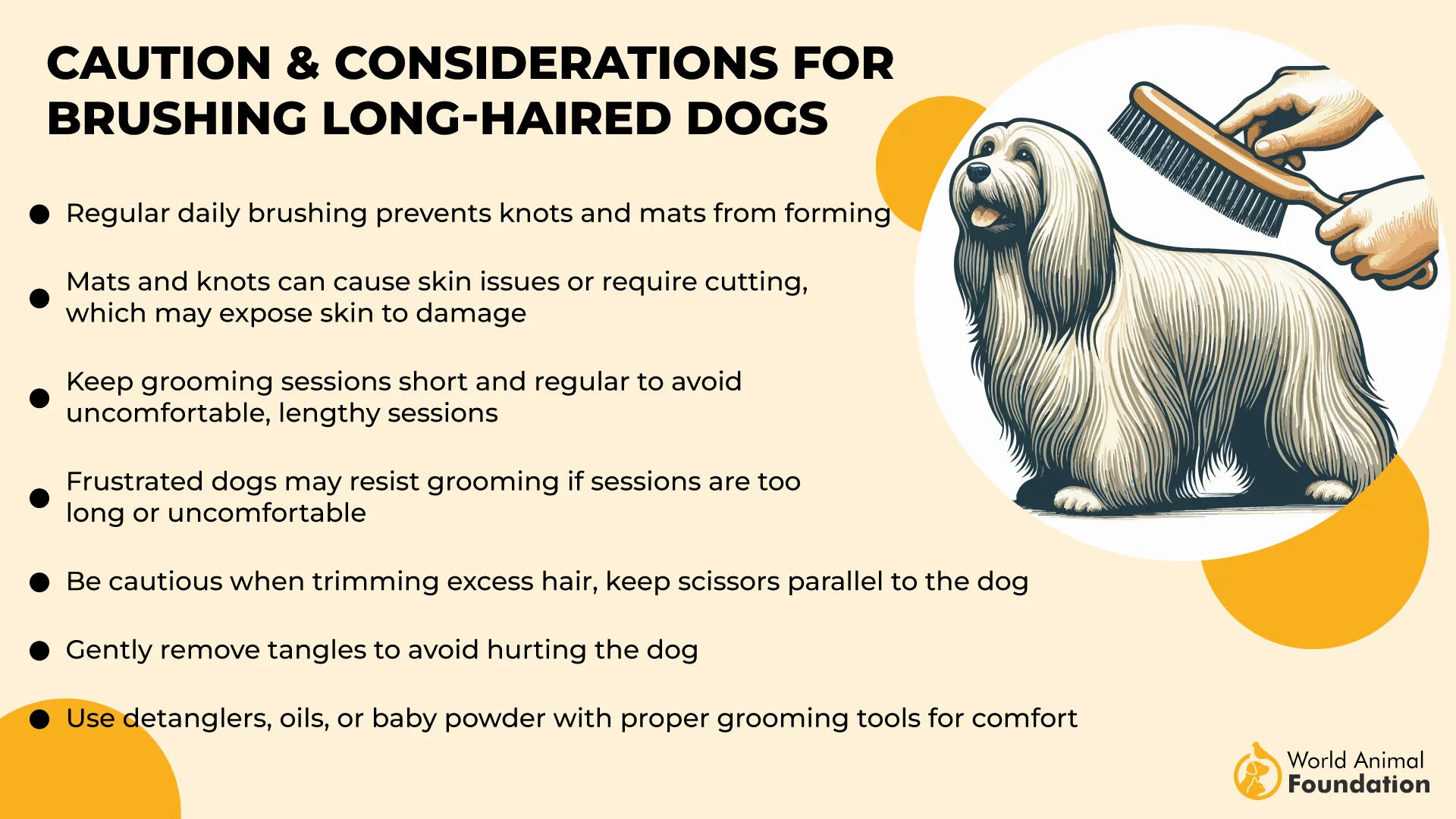
Beyond appearance, Afghan Hounds need plenty of exercise and mental stimulation — they were bred to run, and their athletic energy still thrives today, as per WebMD.
Strong-Willed and Hard to Train
Though intelligent, Afghan Hounds are famously strong-minded, often preferring to think for themselves. Training requires patience, consistency, and new tricks. Their prey drive is intense, so secure fencing and leashed walks are a must.
Afghan Hounds make rewarding companions, but their strong will and upkeep demands suit experienced owners best.
6. Komondor
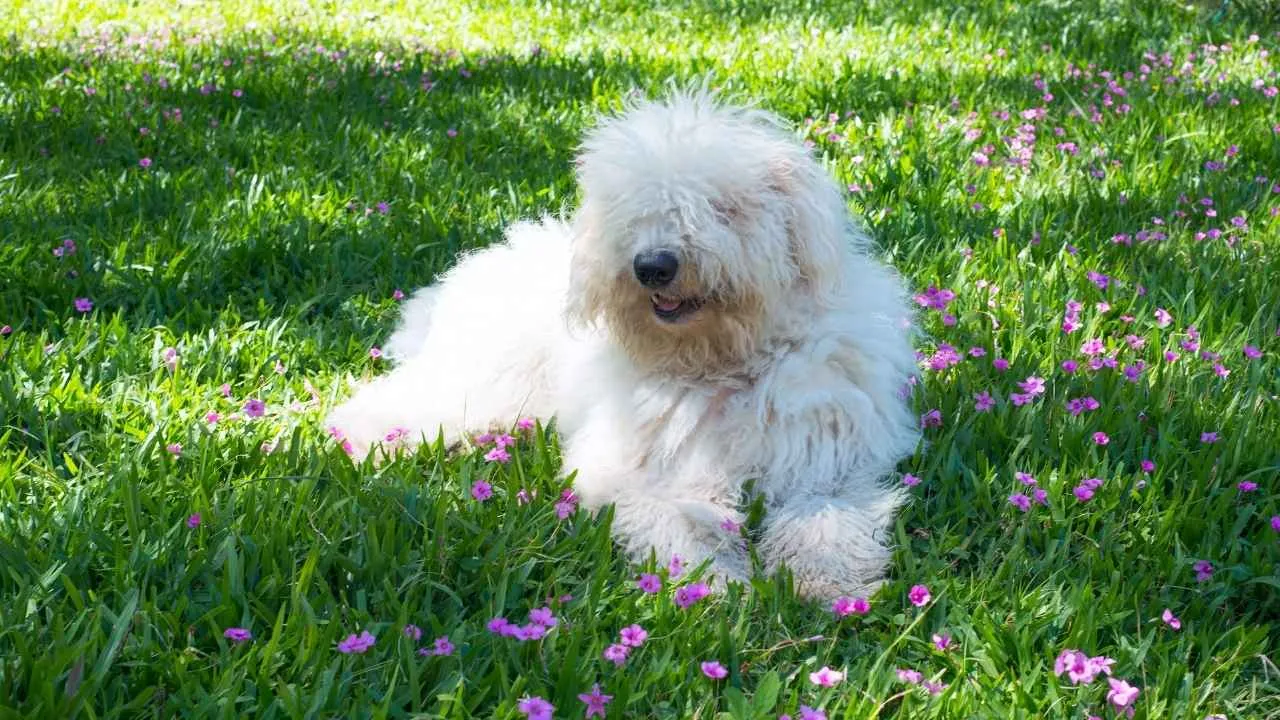
Powerful Guardian of Hungary
The Komondor is a large, muscular livestock guardian covered in distinctive white cords from head to tail. Beneath the mop-like coat lies strength, agility, and confidence — traits that make this breed both protective and dependable.

Unique Coat Care
Their signature cords require special maintenance. The coat is never brushed but needs regular washing and separation to avoid matting. Despite their size, Komondors are surprisingly athletic and need daily activity, including long walks or secure playtime in a fenced yard.
Independent but Loyal
Komondors are naturally cautious and protective, requiring early socialization and consistent training. They think independently and can become overly territorial without firm guidance. Dog parks are best avoided due to their guarding instincts.
Strong-willed yet deeply loyal, Komondors make exceptional companions for experienced owners who respect their protective nature and commitment to duty.
7. Anatolian Shepherd Dog
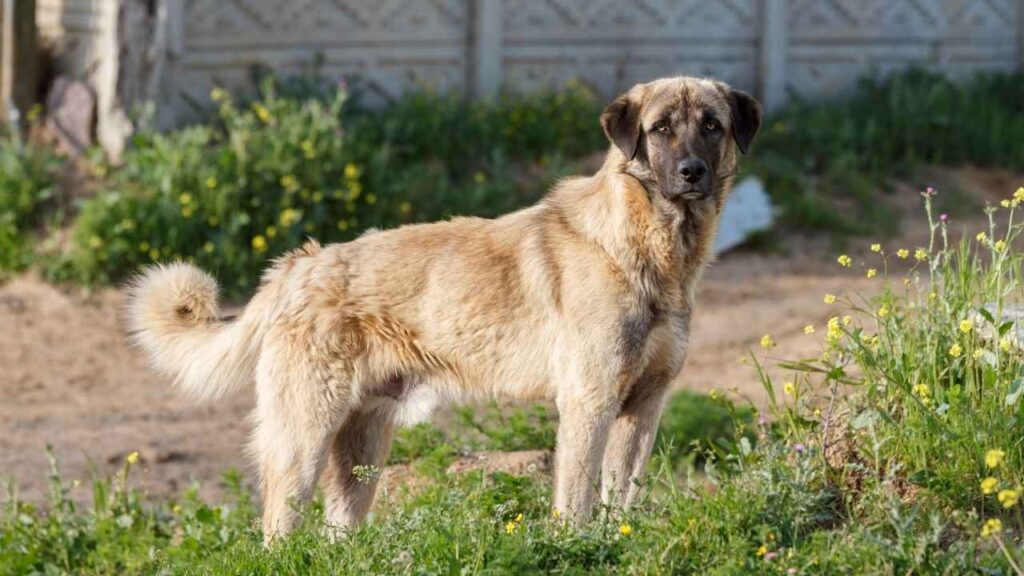
Ancient Protector of the Flock
The Anatolian Shepherd Dog is a powerful guardian with roots tracing back thousands of years. Muscular yet graceful, this breed was developed to defend livestock across harsh terrains — and that protective nature remains strong today.
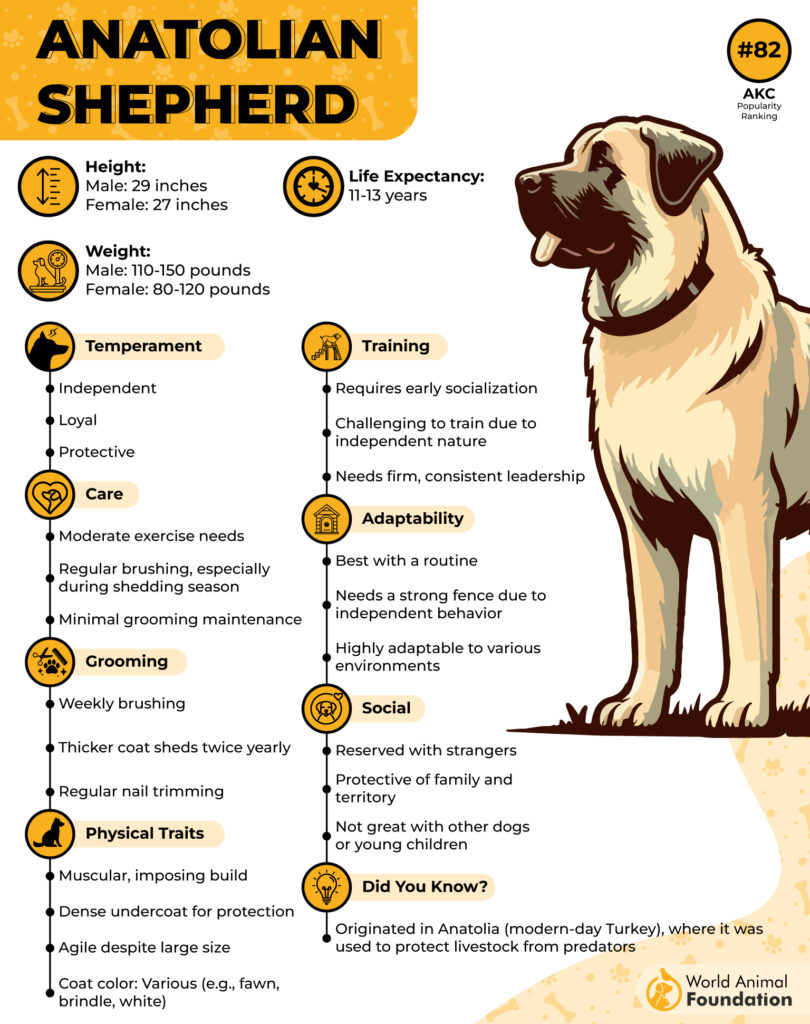
Independent and Intensely Loyal
Calm, intelligent, and deeply devoted, Anatolians take their role as protectors seriously. Whether guarding livestock or family members, they act with quiet confidence. However, their size and territorial instincts demand a confident, experienced handler who can provide structure and leadership.
Training and Space Requirements
While moderate in exercise needs, Anatolians require secure fencing and must always be leashed outdoors due to their strong guarding drive.
Early socialization and consistent obedience training are essential to manage their independence. Their thick double coat needs minimal upkeep, but their temperament demands commitment.
Conclusion
Choosing a dog is more than falling for a cute face or an impressive pedigree — it’s about finding a companion whose needs and energy align with your lifestyle.
Breeds like the Afghan Hound, Komondor, or Anatolian Shepherd may be beautiful and loyal, but they demand time, patience, and experience to truly thrive.
Before bringing a dog home, take an honest look at your daily routine, space, and commitment level. The goal isn’t to avoid certain breeds out of fear, but to ensure every dog finds a home where it’s understood and cherished.
The perfect match isn’t the most glamorous or rare — it’s the one that fits your world, heart, and rhythm. When lifestyle and breed align, that’s where true companionship begins.


